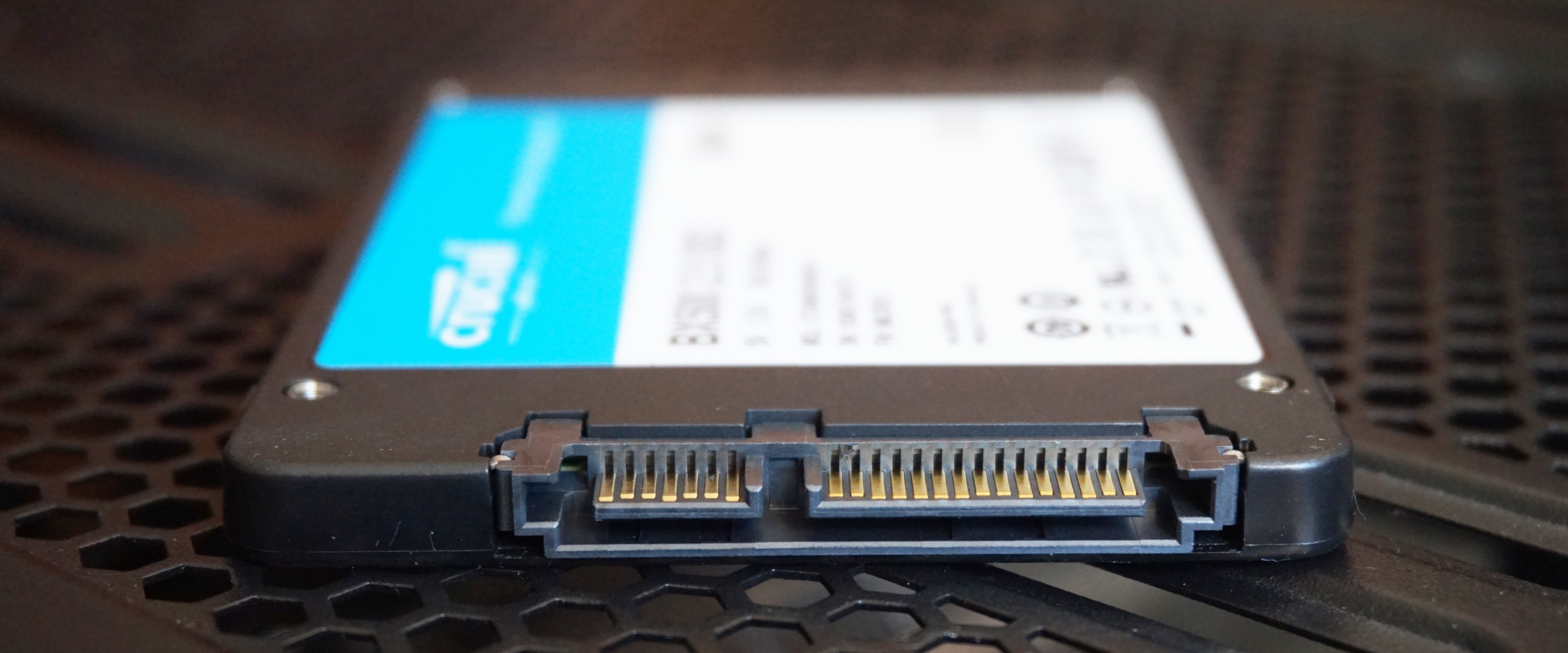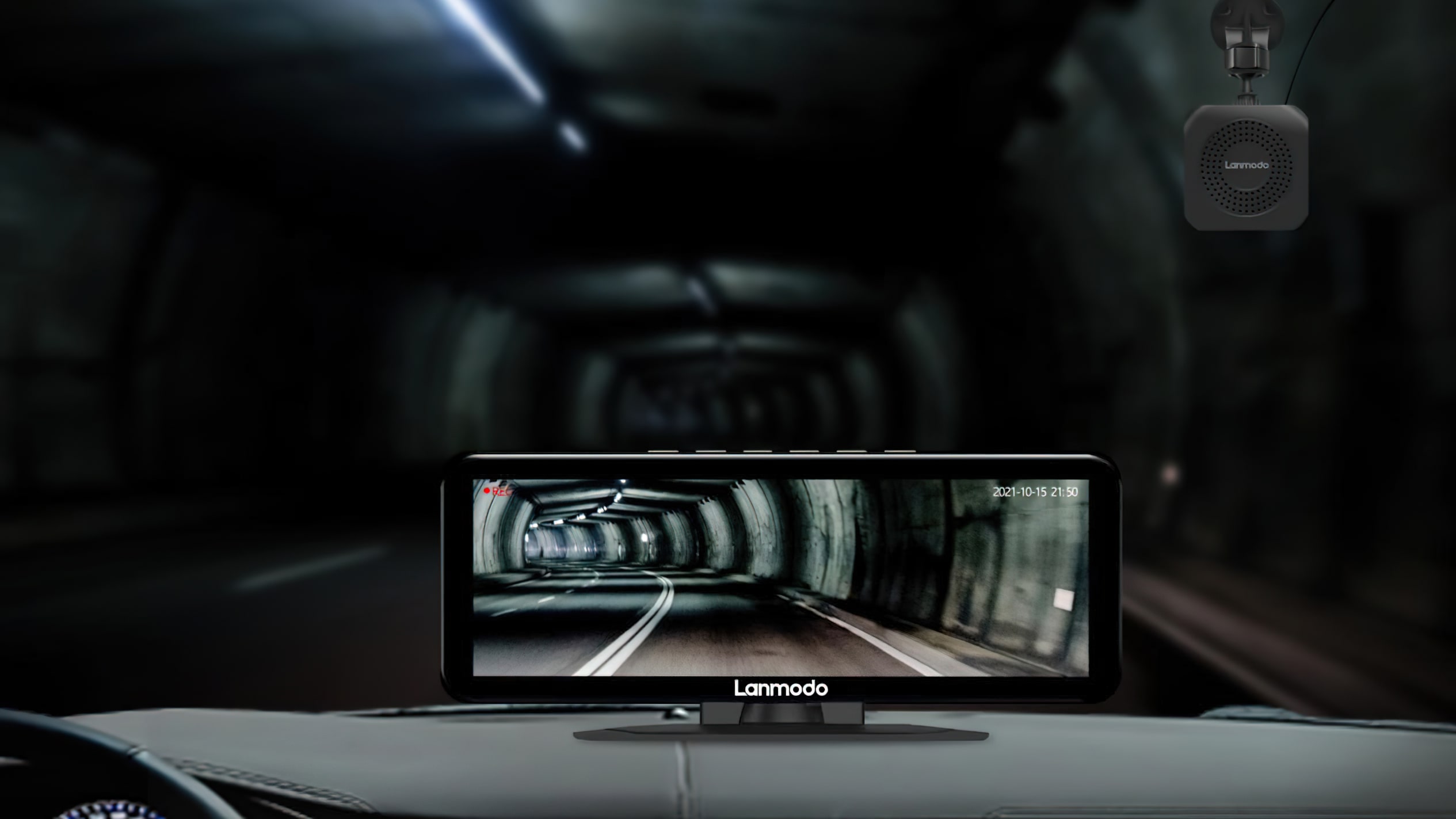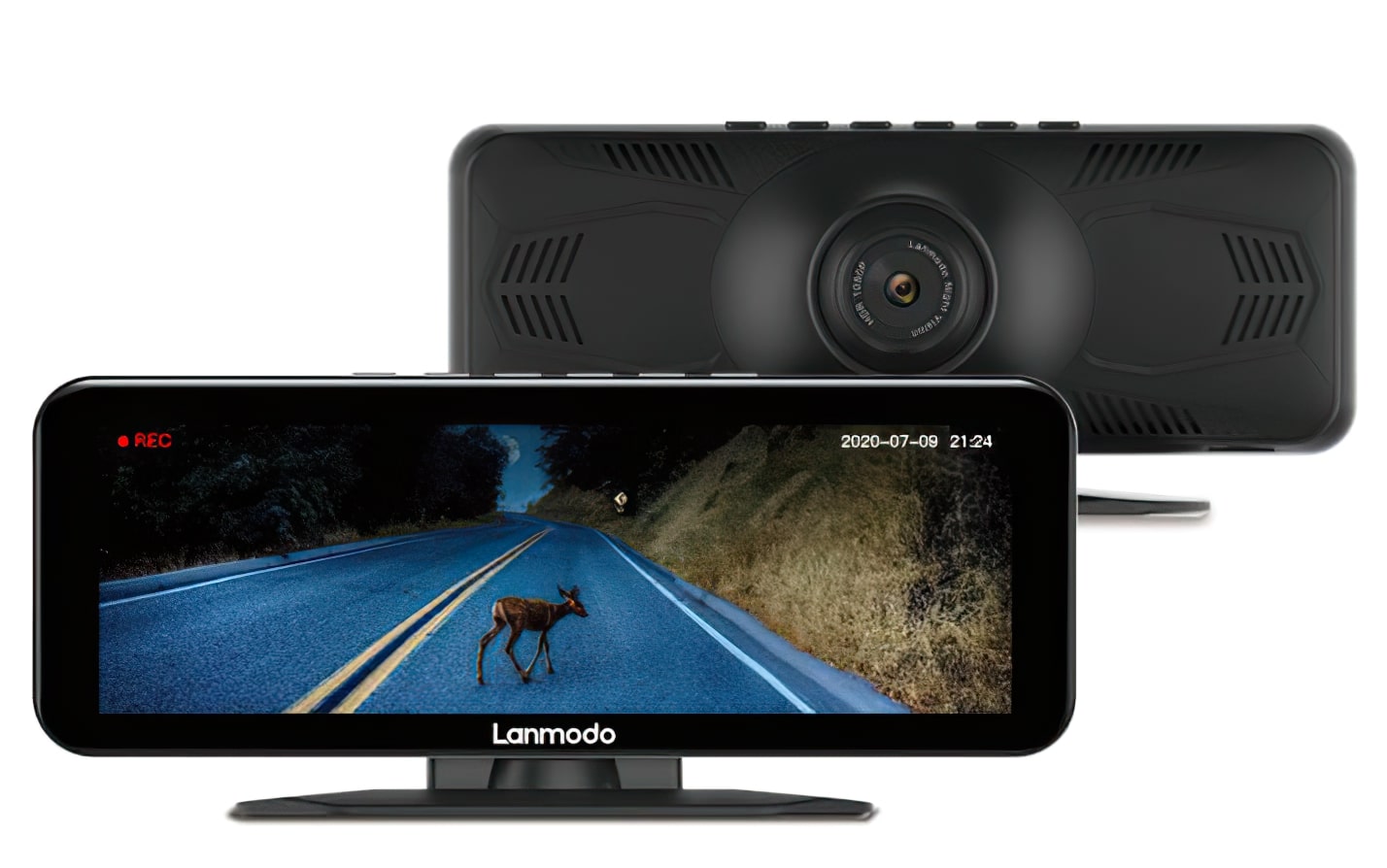
Crucial’s SSD line-up is in a little bit of a humorous place proper now. As chances are you’ll properly have seen from our Best gaming SSD rankings, their mid-tier MX500 SSD is at present cheaper than their entry-level BX300 SSD in virtually all measurement classes above 120GB, and their newest BX500 SSD on check at the moment solely muddies the waters additional.
You would suppose, given its identify, that the BX500 can be each sooner and costlier than the BX300, nevertheless it seems the alternative is true. With a sequential learn velocity of as much as 540MB/s and a sequential write velocity of as much as 500MB/s, the BX500’s prime speeds are literally 10-15MB/s behind the BX300’s, that are rated as much as 555MB/s learn and 510MB/s write. The upside is that the BX500 is less expensive, with costs for the smallest 120GB mannequin beginning at a mere £24 / $29 in comparison with the BX300’s £38 / $35. Is it a worthwhile trade-off? Let’s discover out.
Available as a 2.5in SATA drive in 120GB, 240GB and 480GB capacities, the BX500 is definitely a tempting proposition for these after some low cost extra storage. With costs ranging from £24 / $29 for the 120GB mannequin, £40 / $47 for the 240GB model and £66 / $80 for the highest 480GB version, the BX500 is among the most cheap SSDs I’ve seen for some time, placing it kind of on the identical worth bracket as WD’s entry-level Green SATA SSD.
It’s fairly simple to get began with the BX500, as every measurement comes with an set up information that offers you a free copy of Acronis’ True Image software program to clone your present drive straight onto your new one. That mentioned, shopping for an SSD at this finish of the value spectrum does include a few compromises. This contains solely getting a three-year restricted guarantee versus the five-year ones you’ll discover on costlier drives corresponding to Samsung’s 860 Evo and Crucial’s personal MX500, as properly a decrease endurance score.
The BX500’s 120GB mannequin, for instance, is rated for simply 40TBW (terabytes written), whereas the 240GB and 480GB variations are pitched at 80TBW and 120TBW respectively. For comparability’s sake, the 860 Evo begins at 150TBW for the 250GB mannequin and goes all the best way as much as 2400TBW with the highest 4TB model.
In reality, I wouldn’t be too frightened about this. As Crucial put it themselves, 40TBW is the equal of writing 21GB of information every day for 5 years. Most individuals don’t use wherever close to that degree on a day-to-day foundation (I definitely don’t), so I doubt it would pose a lot of an issue until you’re often working with massive video information or repeatedly putting in (and uninstalling) huge games day by day. If you’re, chances are you’ll need to think about spending a bit extra to get your self a greater endurance score.
In phrases of general velocity, the BX500 carried out surprisingly properly, particularly in comparison with the similarly-priced WD Green SATA SSD that I’ve at present acquired in my very own PC. When I subjected my 240GB overview pattern to AS SSD’s 1GB sequential learn and write check, for instance, the BX500 returned a learn velocity of 488MB/s and a write velocity of 481MB/s.
The former is maybe a bit decrease than anticipated given Crucial’s declare of 540MB/s, nevertheless it’s nonetheless 5% sooner than the WD Green, and simply 7% slower than Crucial’s BX300 and 5% slower than the MX500. The BX500’s sequential write velocity, then again, was just about neck-and-neck with the BX300 (1% sooner), and solely a teensy bit behind the MX500 (3% slower). Compared to the WD Green, nevertheless, it’s in a category of its personal. There’s a purpose WD don’t put the Green’s sequential write speeds on the field, as I recorded a results of simply 53MB/s, which makes the BX500 a whopping 807% sooner.
That’s a powerful set of outcomes for such an affordable drive, however finally sequential speeds are solely half the story. After all, it’s fairly uncommon that an SSD will learn and write information in good, neat blocks one after the opposite. Instead, it’s far more widespread for SSDs to learn and write information randomly all around the store, even when they seem like they’re in the identical location in Windows Explorer.
As such, random speeds are a significantly better indication of how responsive it would really feel day after day, and it’s right here the place the BX500 falls down barely – though it’s nonetheless a heck of rather a lot higher than the WD Green. In AS SSD’s random check, which reads and writes 1GB’s value of tiny 4K chunks of information all around the SSD, the BX500 returned a learn velocity of simply 16MB/s and a write velocity of 25MB/s. That’s 41% and 66% slower than the BX300, and 56% and 65% slower the MX500, which is a bit disappointing given how shut all of them had been within the sequential check.
Still, in some ways in which’s to be anticipated. After all, the BX300 and MX500 are each costlier than the BX500 and customarily reinforce that age-old rule of ‘you get what you pay for’. The extra essential factor to contemplate is the way it performs in comparison with its equally low cost competitors, the WD Green, and on this sense, the BX500 is fingers down the superior drive. Not solely was its write velocity a powerful 78% sooner than the WD Green, however its learn velocity confirmed a rise of 300%, making the BX500 by far the higher purchase.

The Crucial BX500’s random learn velocity places up a great combat towards its costlier siblings, however its write velocity leaves one thing to be desired.
This firmly places the WD Green out of the operating so far as I’m involved, and I’d be completely glad to suggest the BX500 to anybody seeking to get the very best efficiency out of their SSD for the least sum of money. The solely actual query remaining is whether or not you need to think about the BX500 over Crucial’s BX300 or MX500, the previous of which is my present SSD suggestion for putting in Windows on whereas the latter is my greatest gaming SSD runner-up after Samsung’s 860 Evo.
In its 240GB and 480GB kinds, I’d say it’s positively value contemplating should you’re seeking to hold prices to an absolute minimal. While its learn speeds aren’t too far behind the BX300 and MX500, you do get a bit stung with regards to write velocity, which is probably not value the additional £10-15 / $12-20 you’ll find yourself saving. As a small 120GB drive for merely putting in Windows on, the BX300 additionally continues to make a compelling case for spending simply that little bit additional, particularly within the US the place it’s simply $6 extra. If I needed to suggest an SSD for a budget-conscious PC builder, the BX500 would definitely be up there, however should you’ve acquired the additional money you’ll most likely thank your self later for forking out on its nippier siblings.




